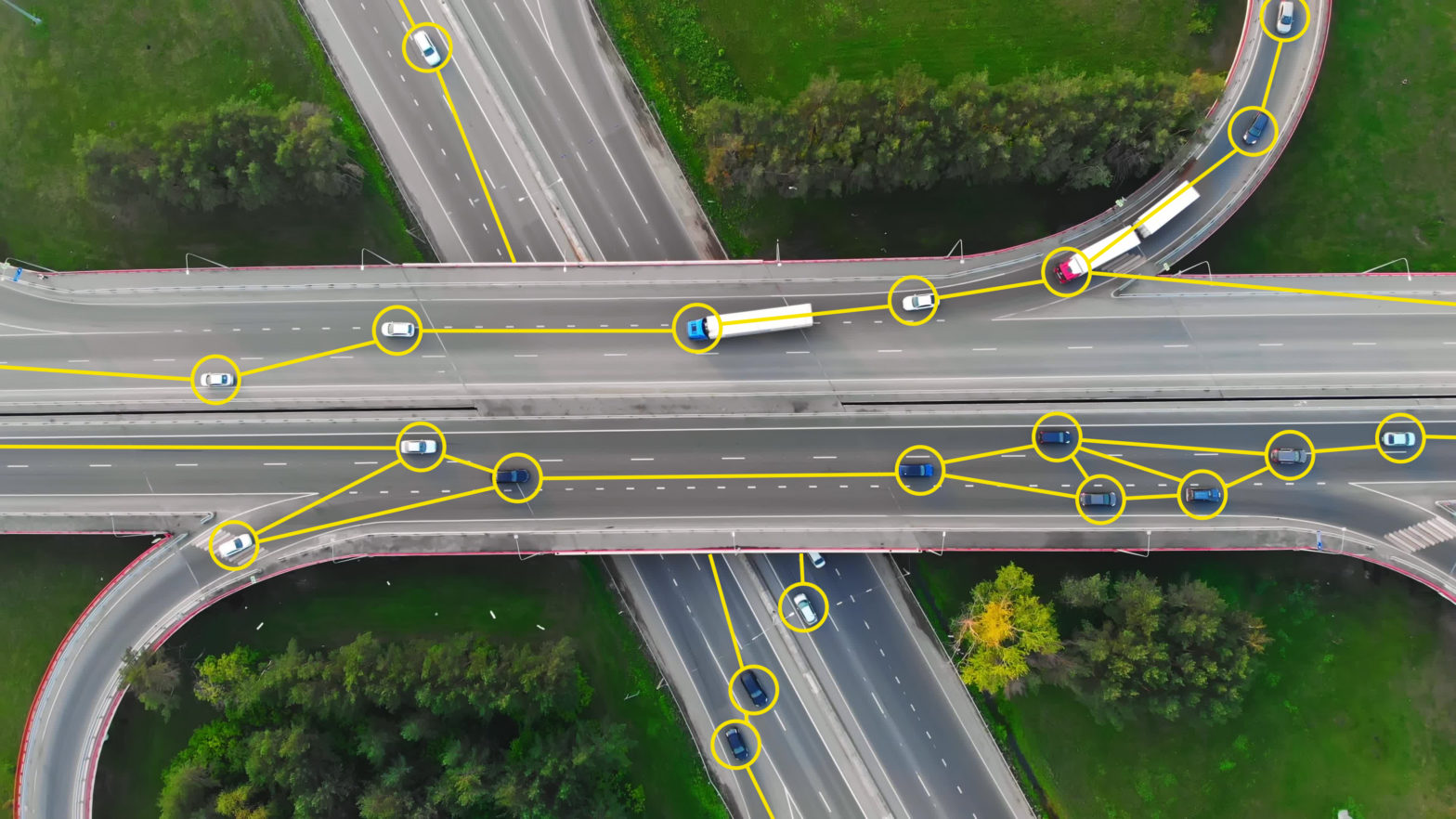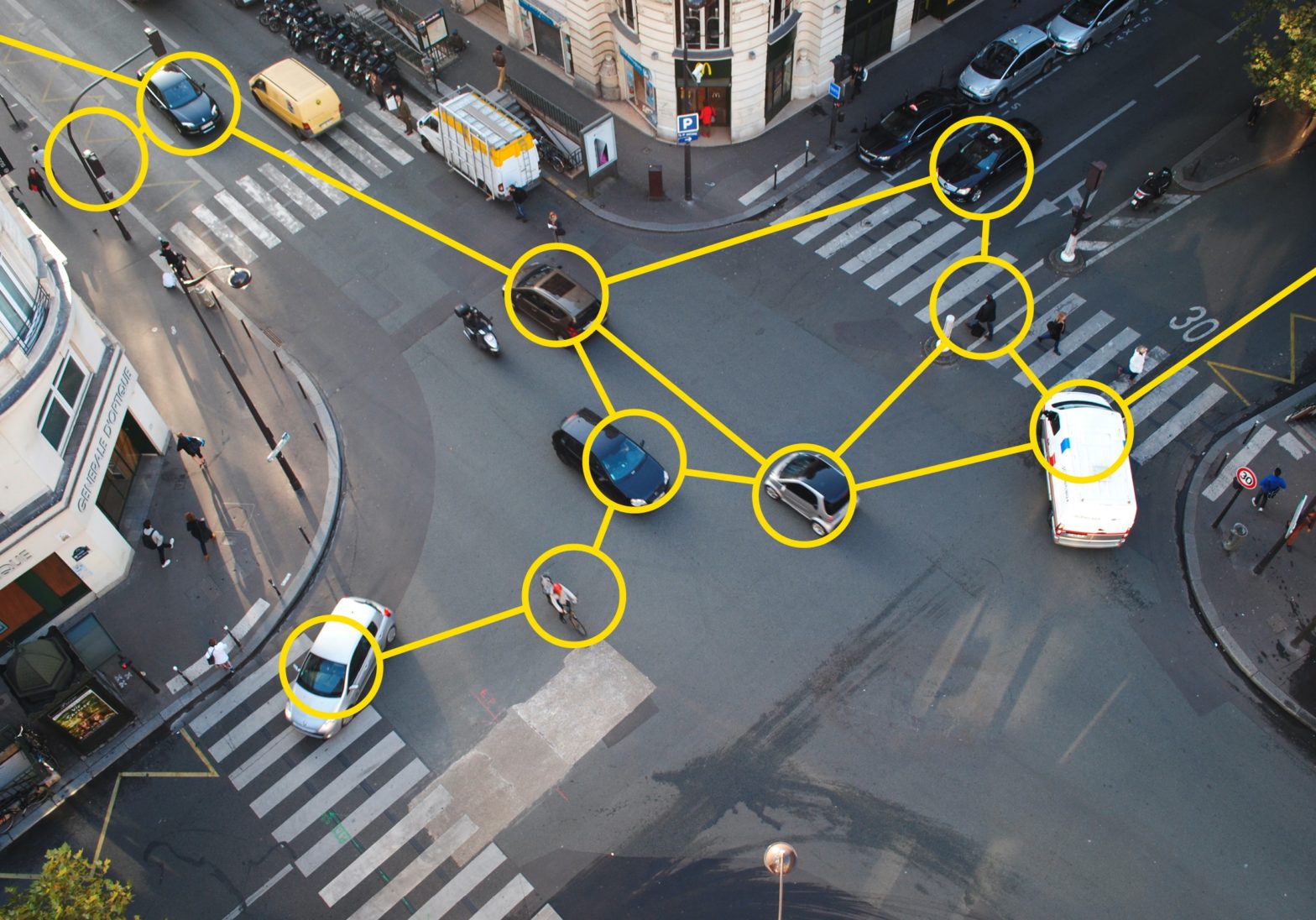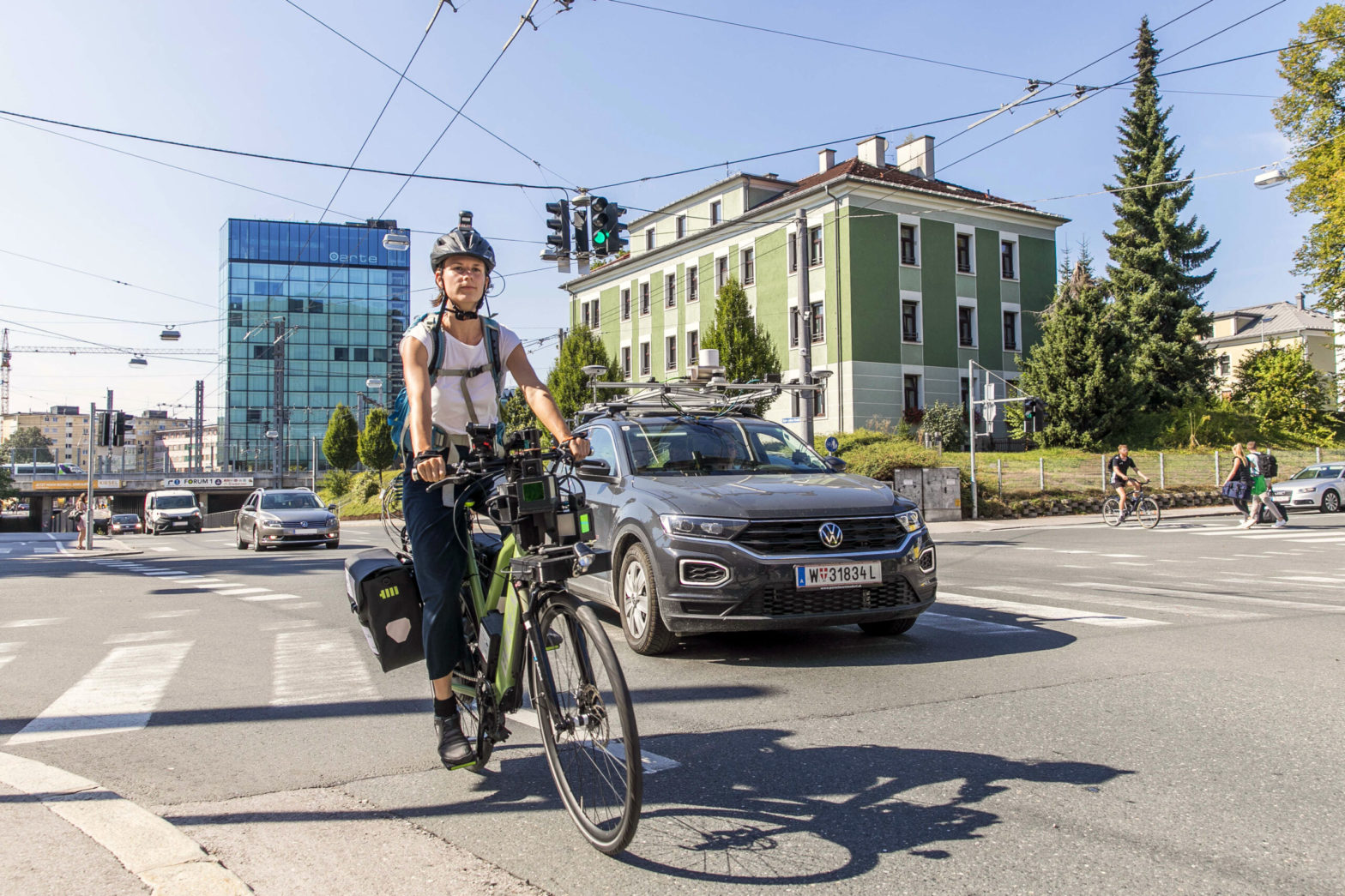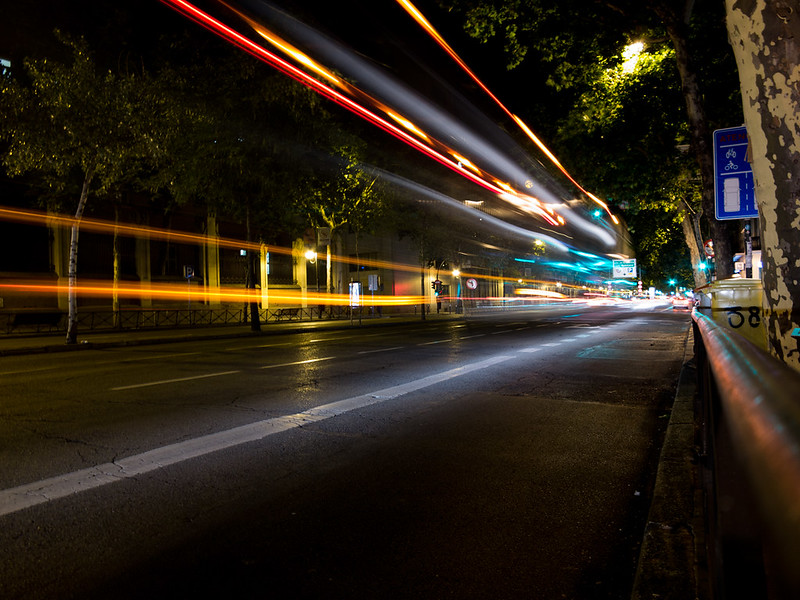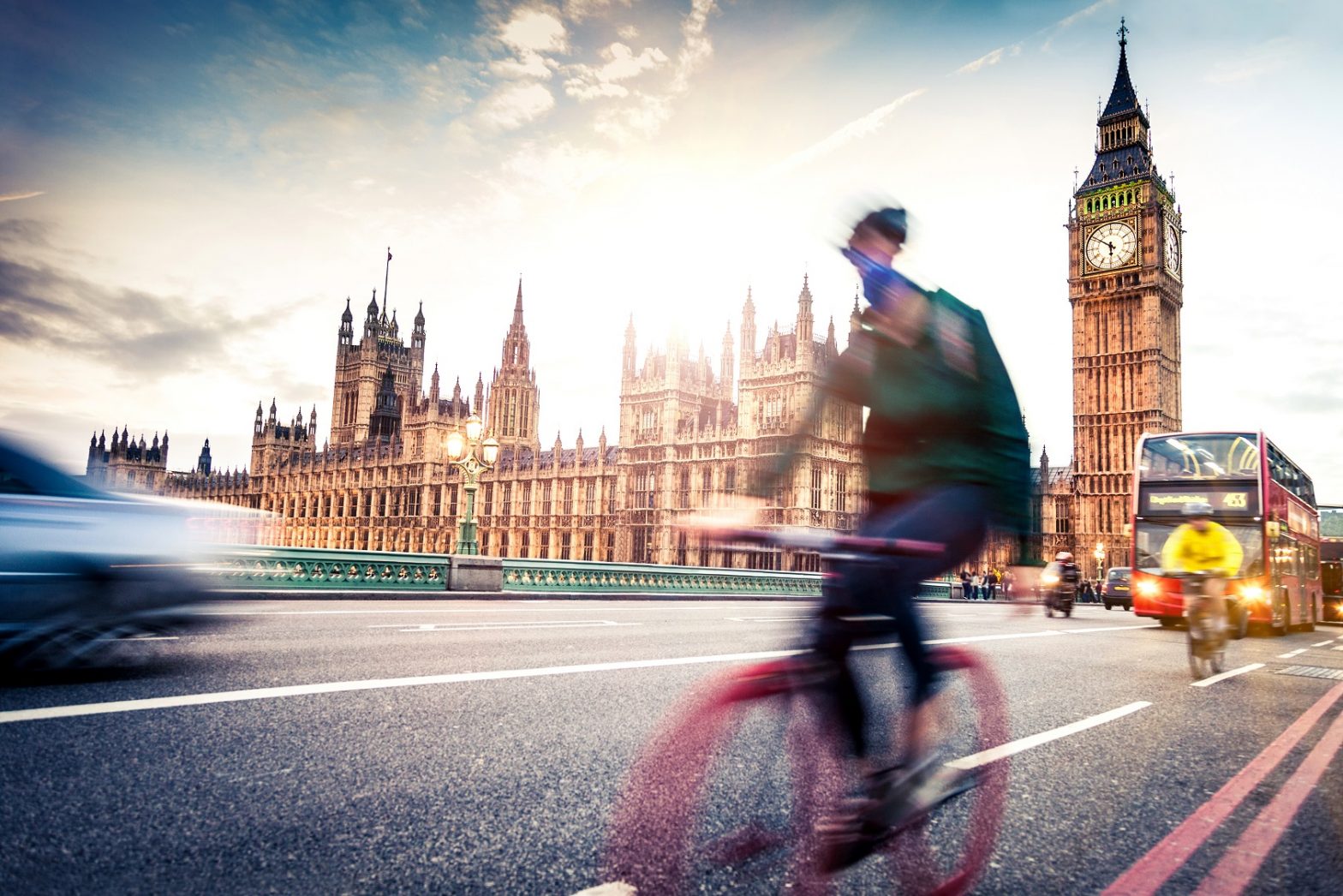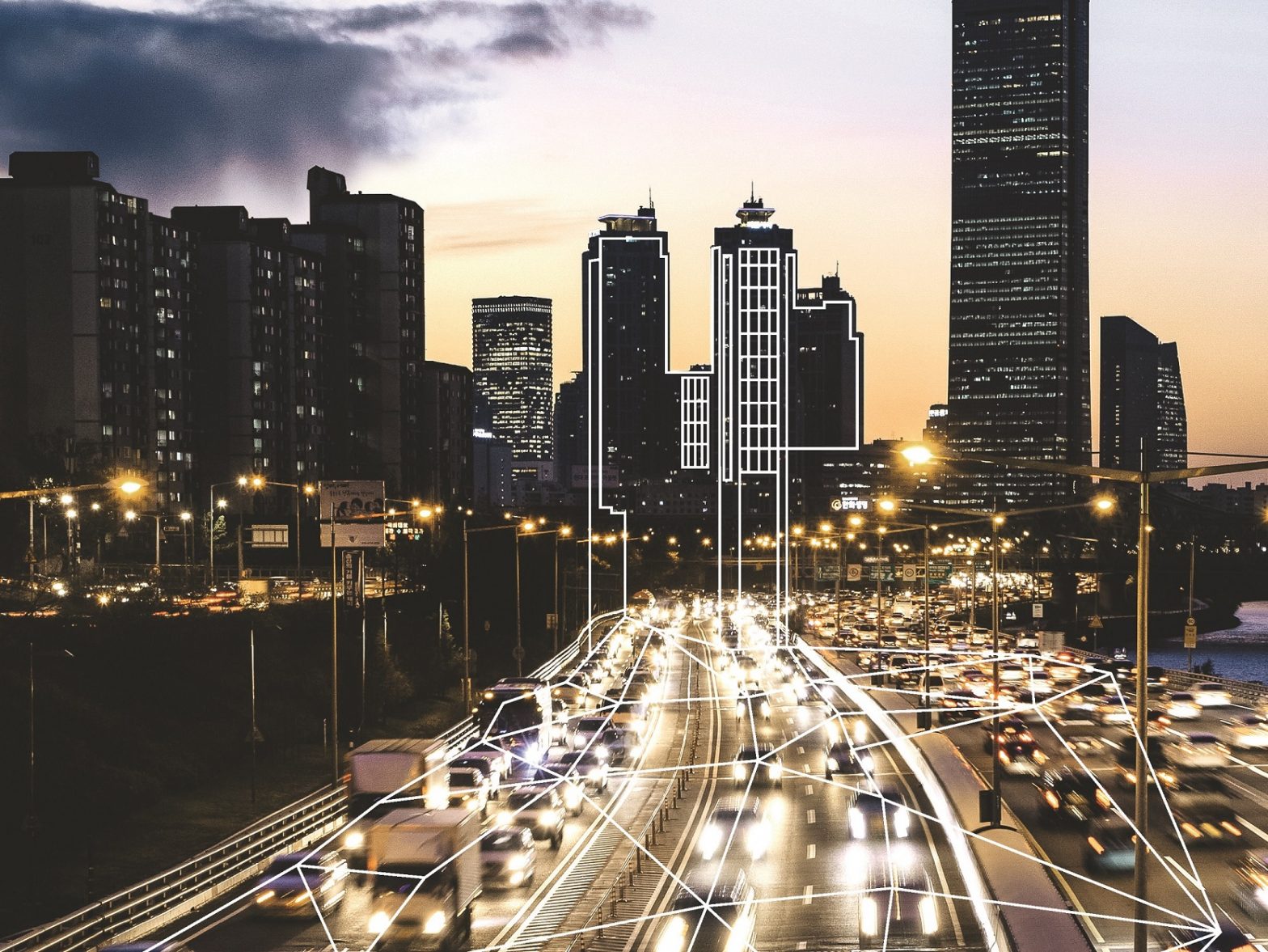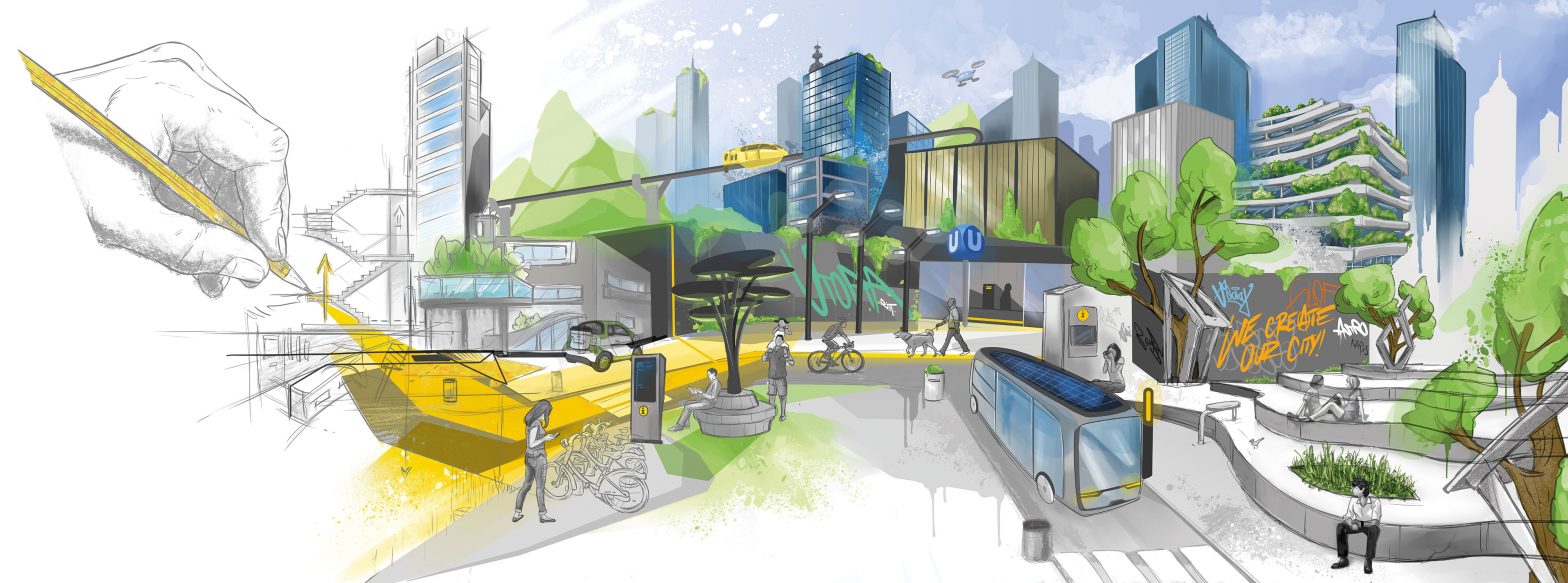
How to manage tomorrow’s mobility by sharing today’s data
05 September 2022
Sponsored by: Kapsch
Juan Marín, Kapsch TrafficCom Business Development Manager for Spain and Portugal
Every day, urban mobility managers face the challenge of ensuring that citizens reach their destinations safely and efficiently. In addition to the traditional problems of congestion and traffic flow, there is also the need for more sustainable traffic, which supports the emergence of new modes of mobility such as car sharing, on-demand transport, electric scooters, etc.
Managing this multimodality and solving the existing challenges while anticipating present and future trends requires gathering a large amount of data and, more importantly, knowing how to transform it into useful information.
Mobility management thus needs the availability of data sources and the necessary tools to work with this big data, analyse the information and establish predictive behavioural models that enable proactive decision-making. In a connected and multimodal environment, all parts of the transport system can connect and “talk” to each other: pedestrians, cyclists, drivers, traffic cameras, sensors placed on buses and trains, or environmental sensors recording pollution and noise levels. In this ecosystem, the role of connected vehicles will be particularly important, as they will provide important real-time data, both on the vehicles themselves and on the surrounding infrastructure.
There are two keys to managing this large amount of data. One lies in artificial intelligence (AI) technology that not only reports data sets, but also facilitates their analysis and classification via machine learning techniques. The second is cooperation between data providers via mobility data hubs.
Cooperating to innovate – mobility data hubs
Mobility data hubs are secure platforms where government organisations and technology and transport companies can access their data and share information, much of it in real time. Not only do they store and make available all the necessary data, but they also enable data sharing and, critically, data governance.
That exchange and cooperative use of data leads to smart solutions for more efficient use of existing infrastructure. One use case could be combining and sharing data sets to help plan faster journeys, better connections and lower emissions. Another option could be a better level of available information on urban routes, with information on restricted access, parking, or traffic light status to adapt speed and eliminate waiting and congestion at intersections.
However, it is not only a matter of integrating multiple quantitative data sources, but also qualitative and historical data. Thus, in addition to the information and data provision function, hubs allow for direct data analysis and evaluation. It is a central knowledge platform that enables researchers, public institutions and business actors to answer current or future mobility-related questions.
But whose data is it, who can share it, and how should it be shared? As data, sometimes of a sensitive nature, is often collected by a variety of private and public actors and operators, data sharing requires a legal framework. In November 2020, the proposal for a Regulation on European Data Governance was published, for Member States to put in place the necessary structures and processes to implement interoperable data spaces, with the help of NextGenEU funds.
In March 2022, the European Commission, through the Data Act, proposed new rules on who can use and access data generated in the EU across all economic sectors, with the aim of stimulating a competitive data market and making it more accessible to all. This is in addition to the Commission Delegated Regulation of February 2022, which sets out specifications to ensure the accessibility, exchange, re-use and updating of road and traffic data by road infrastructure authorities and operators, and service providers.
It is a fact that data sharing is becoming increasingly important and challenging for all sectors. As far as mobility is concerned, it has proved to be essential for the defence of citizens’ interests and quality of life, to make their journeys safer, more efficient and more sustainable.



